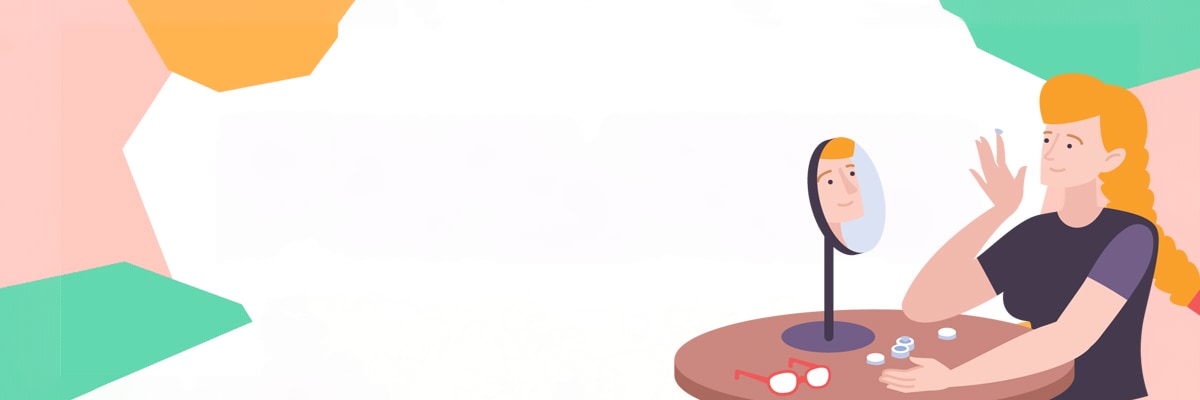
How To Use Contact Lenses
Our How To articles have helpful information for both new and long-time contact wearers. Find tips on insertion, removal and proper care to maintain eye health and clear vision.
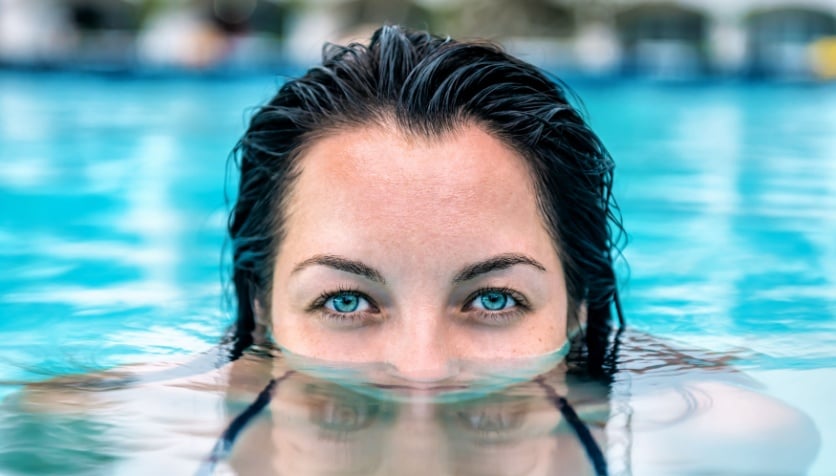
Is swimming with contacts OK? Learn how water affects your contact lenses and other options for seeing underwater.

RGP Contact Lens Care: A guide to caring for RGP or GP contact lenses, oxygen permeable contacts, contacts for astigmatism, bifocal contact lenses and more.
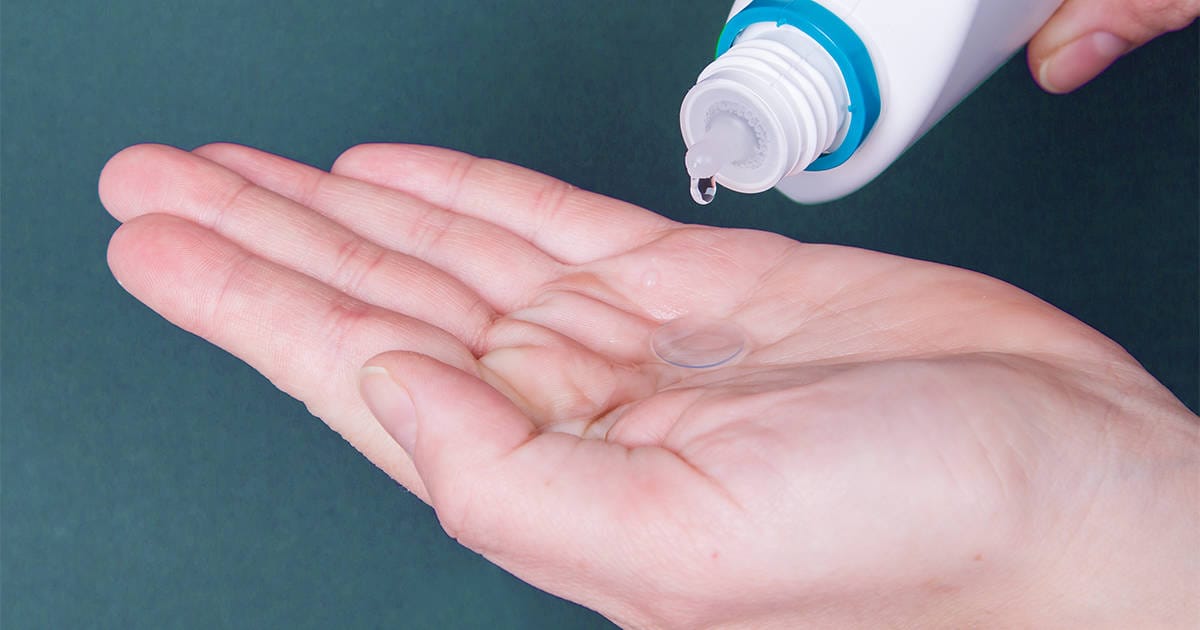
Guide to cleaning and caring for soft contact lenses, including tips about disinfecting solutions, enzymatic cleaners and options for sensitive eyes.

Eye doctors answer your contact lens questions, such as whether swimming with contacts is OK and how to solve discomfort problems.

Contact lens rules can be confusing. Check out this guide and learn how to properly care for your contact lenses to avoid eye infections.

How long can you wear daily contacts? It varies from 8 to 16 hours. Find out why your eye health and if you suffer from dry eyes may affect the answer.

How do you know when you need new contacts? Signs include you’re having difficulty seeing, don’t feel quite as comfortable or experiencing symptoms of dry eye.
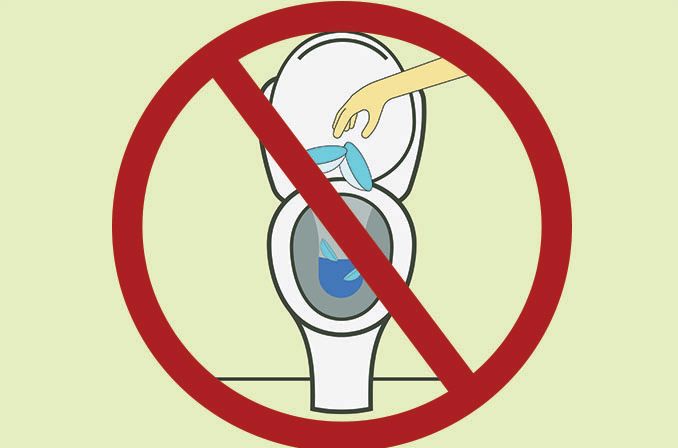
This Earth Day, learn how to recycle contacts and reduce environmental impact.
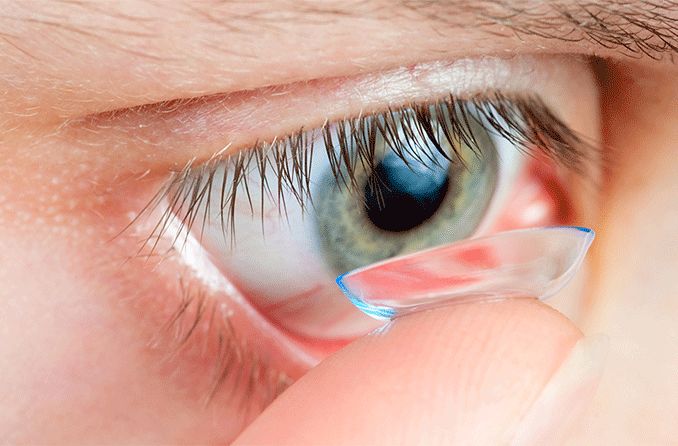
Learn about fungal eye infection and an outbreak of fungal keratitis linked to Bausch and Lomb's ReNu With MoistureLoc contact lens solution.

Contact lenses can pose challenges in hot or cold weather. Learn how to cut your risk of dry eyes in winter and why you should drink lots of water in summertime.
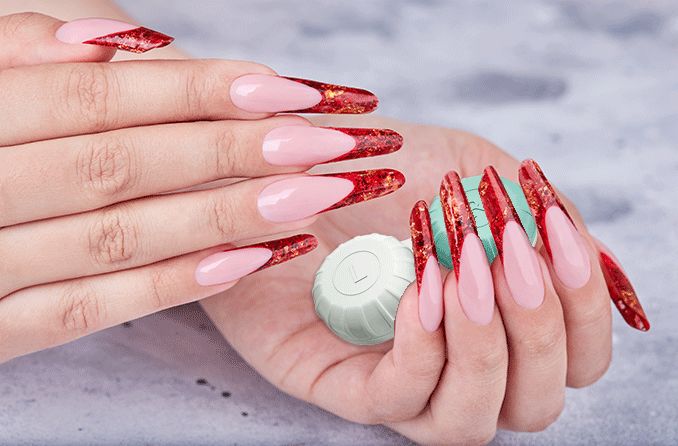
Removing contacts with long nails may be more difficult, but it can be done. Here are 3 ways to take out contacts with acrylics or long nails.

Nine travel tips for contact lenses include pack a backup pair of lenses or glasses, and your prescription. Another tip? Don't wear your contacts in the water.
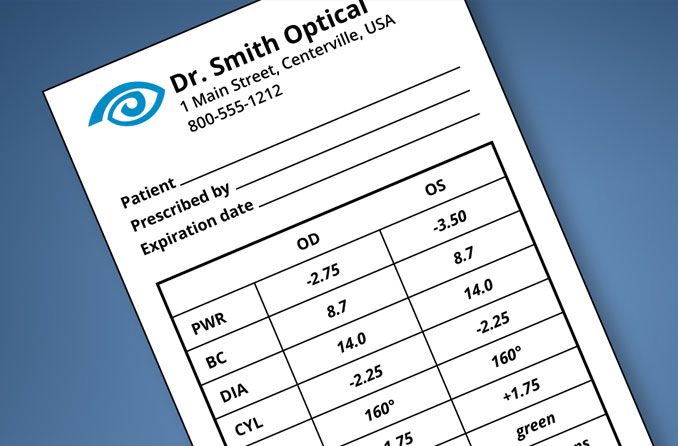
Learn how to read your contact lens prescription and whether you are legally entitled to a copy of your prescription for contacts.

Contact lenses expire and carry an expiration date to protect consumers. Read why.
All About Vision and AllAboutVision.com are registered trademarks of AAV Media, LLC. © 2000-2025 AAV Media, LLC. The content on this site is for informational purposes only. All About Vision does not provide medical advice, diagnosis or treatment. Contact an eye doctor if you need medical attention.